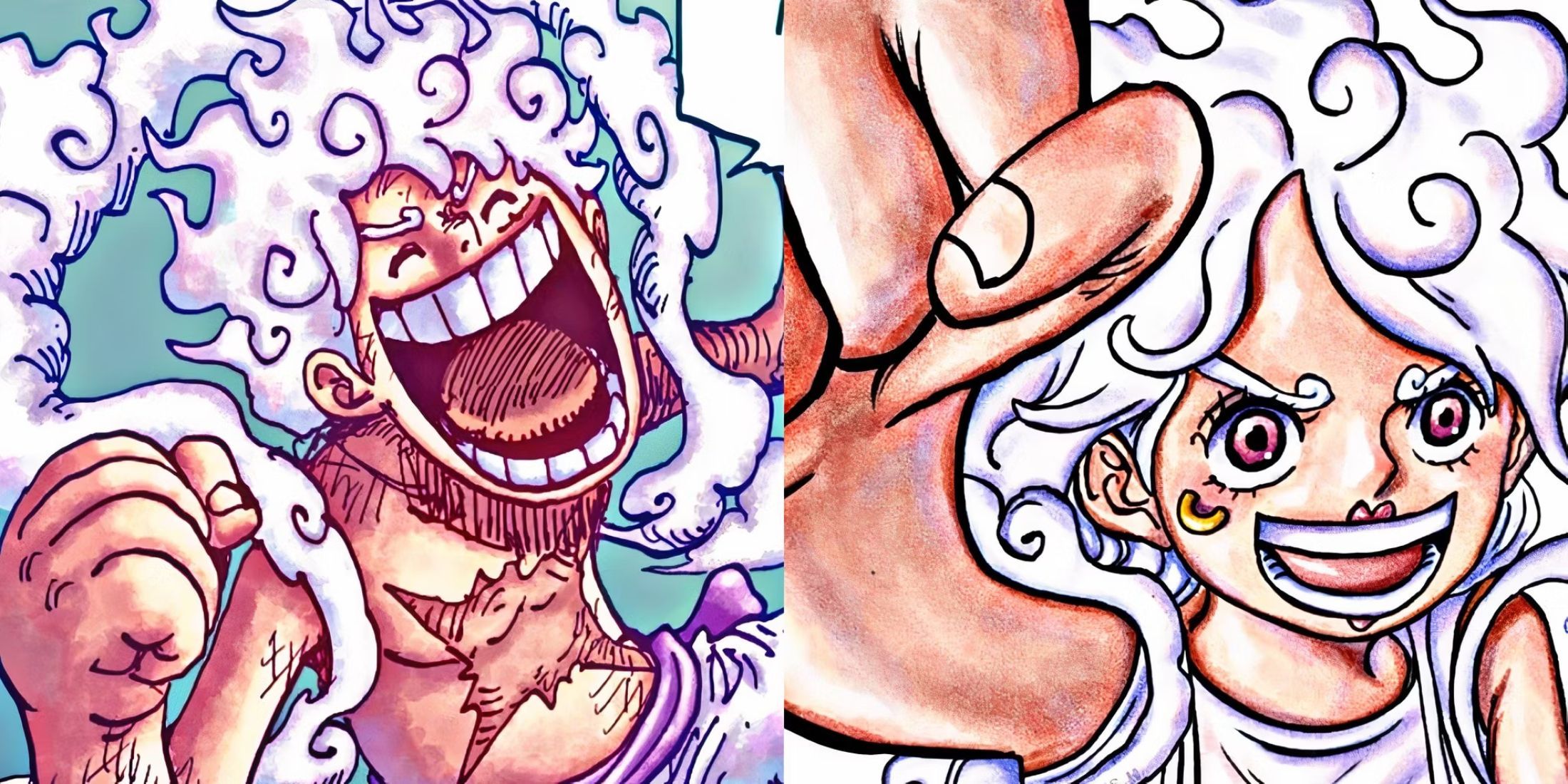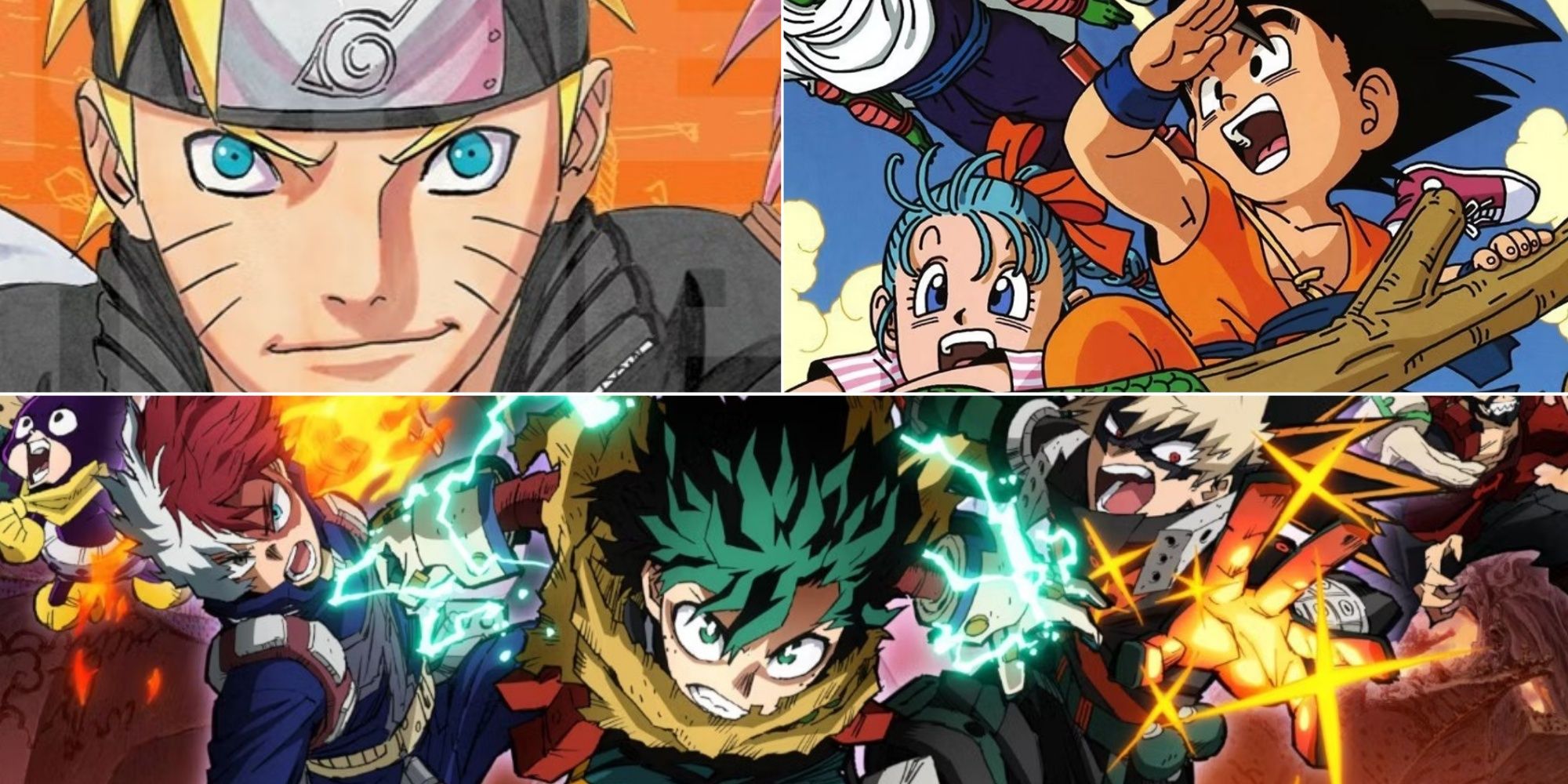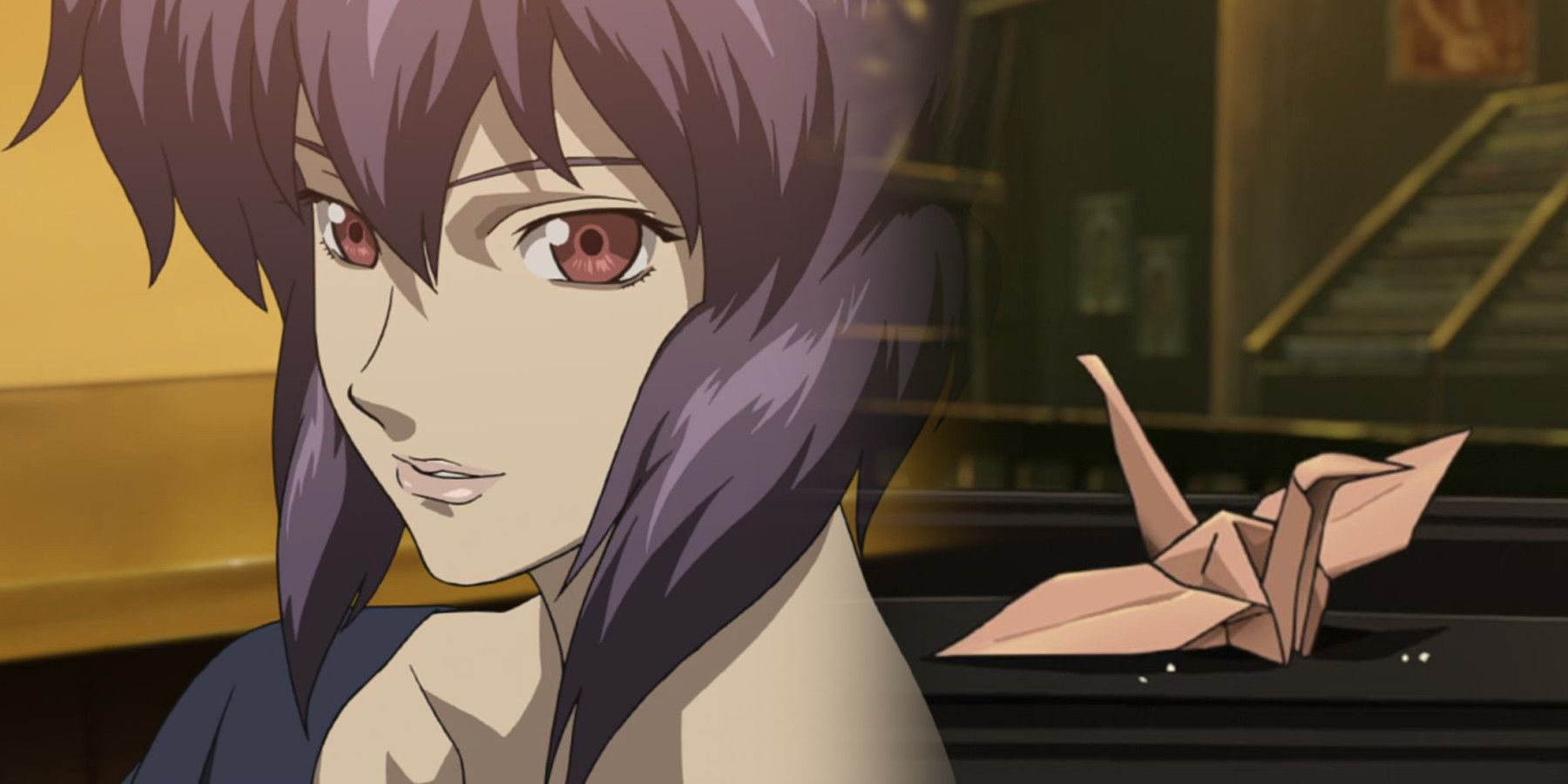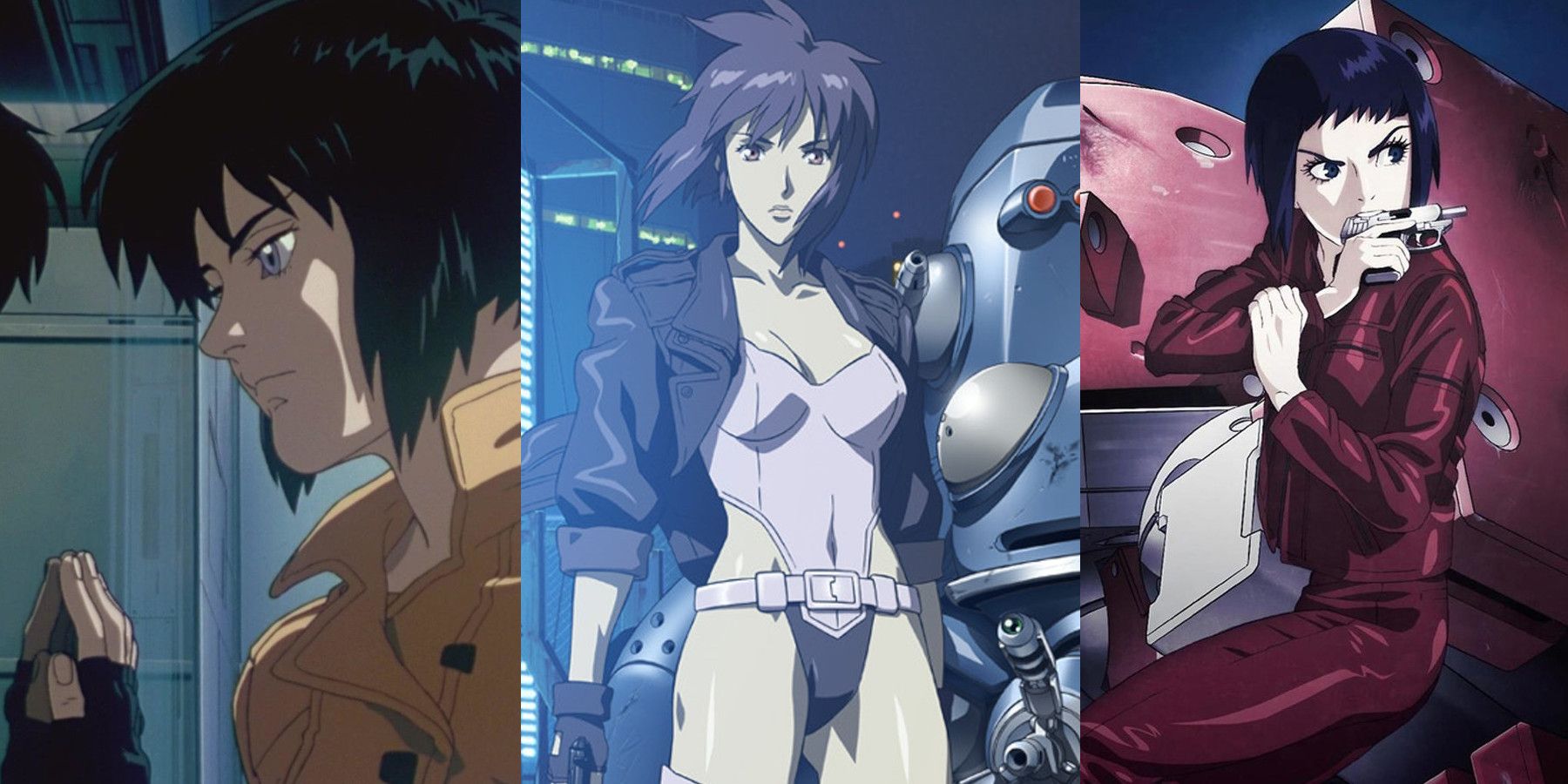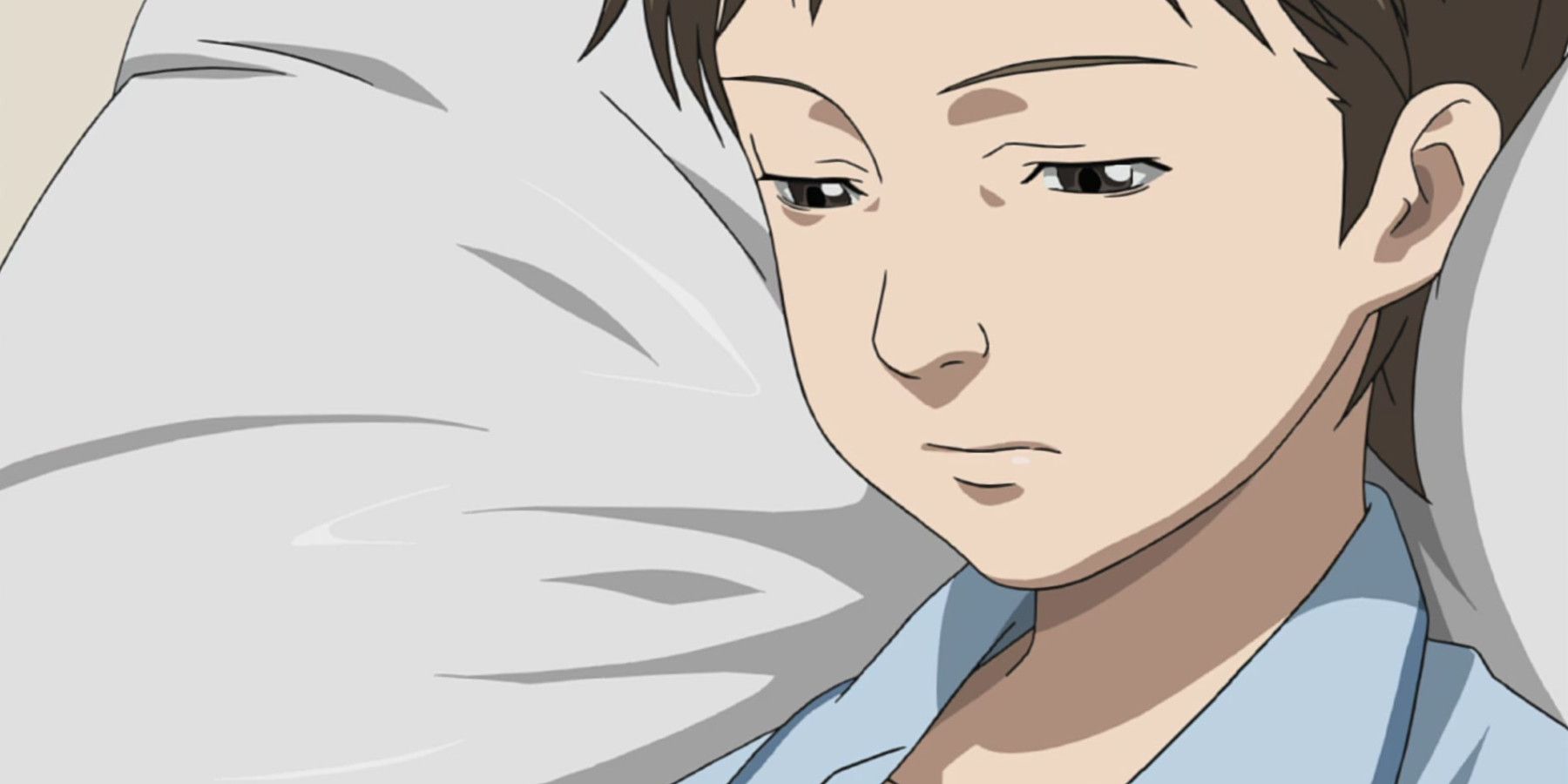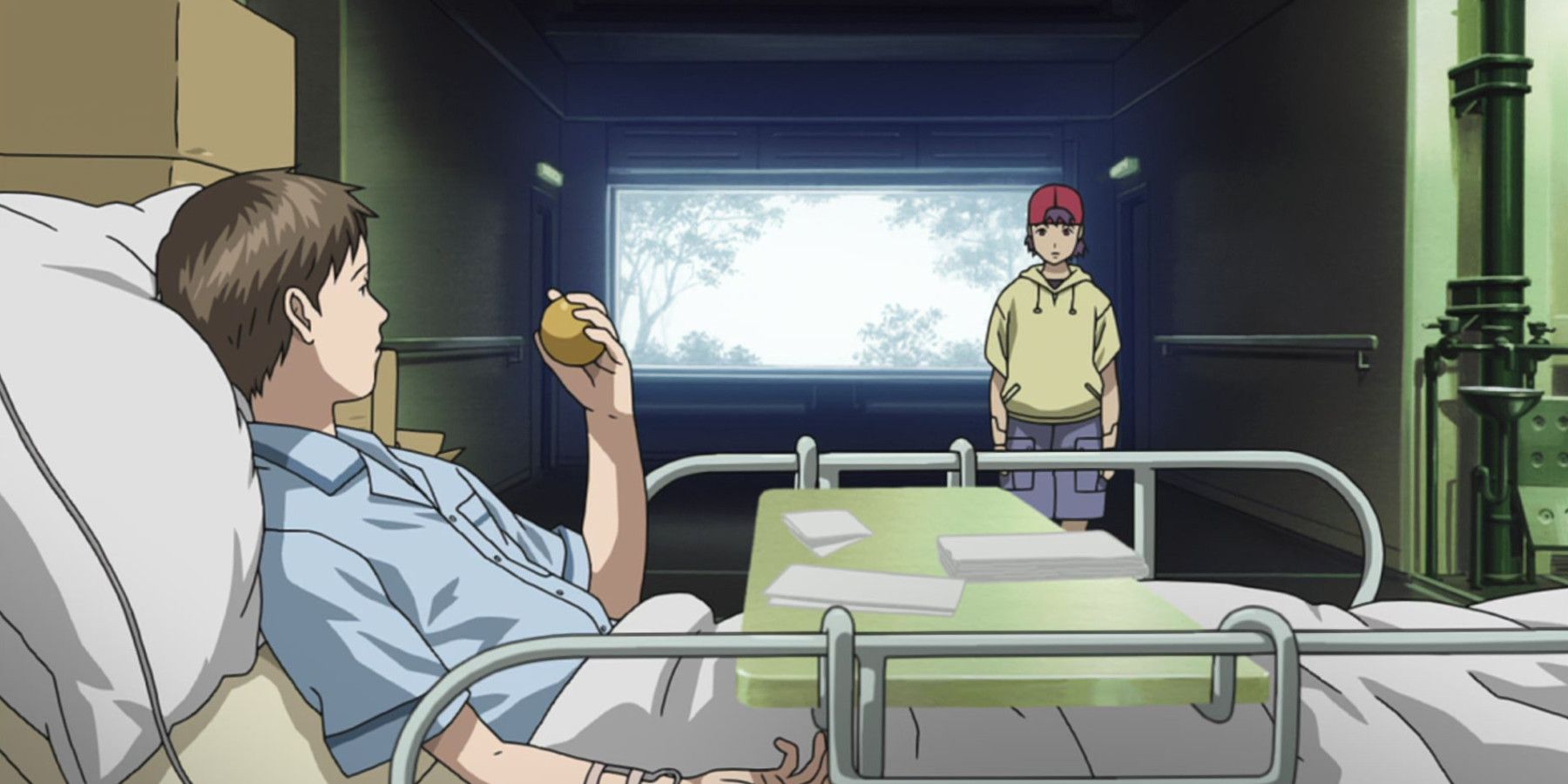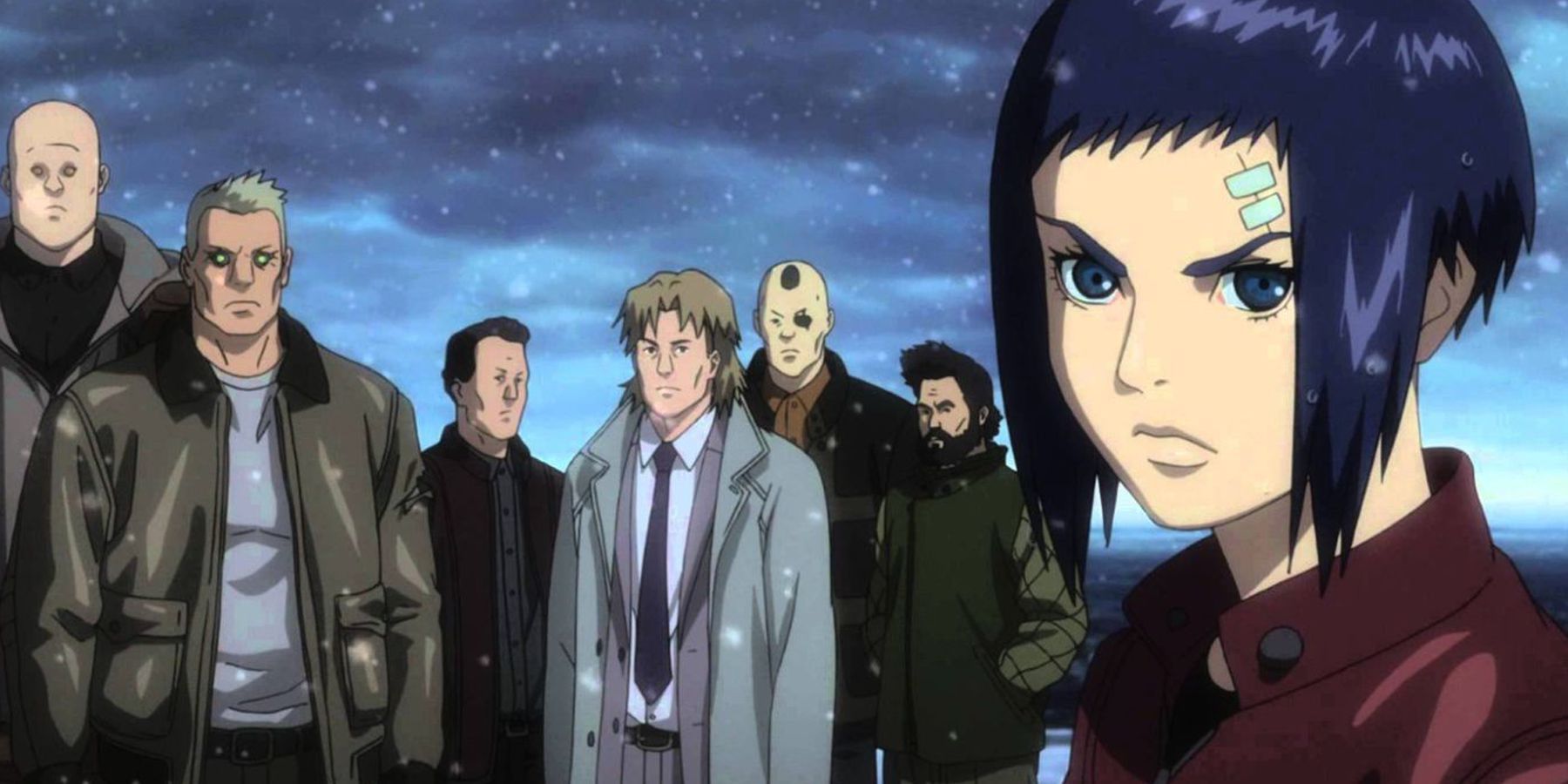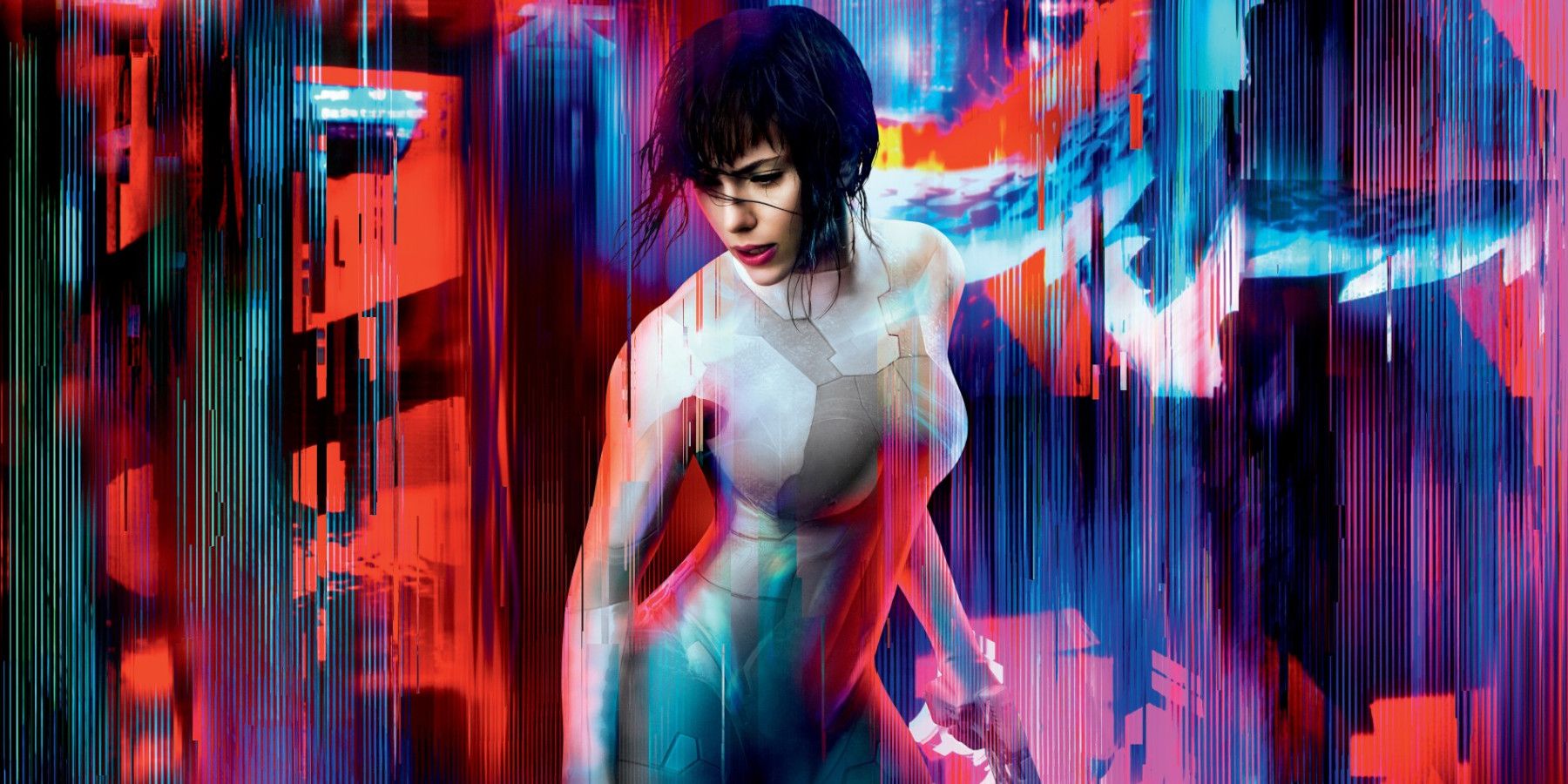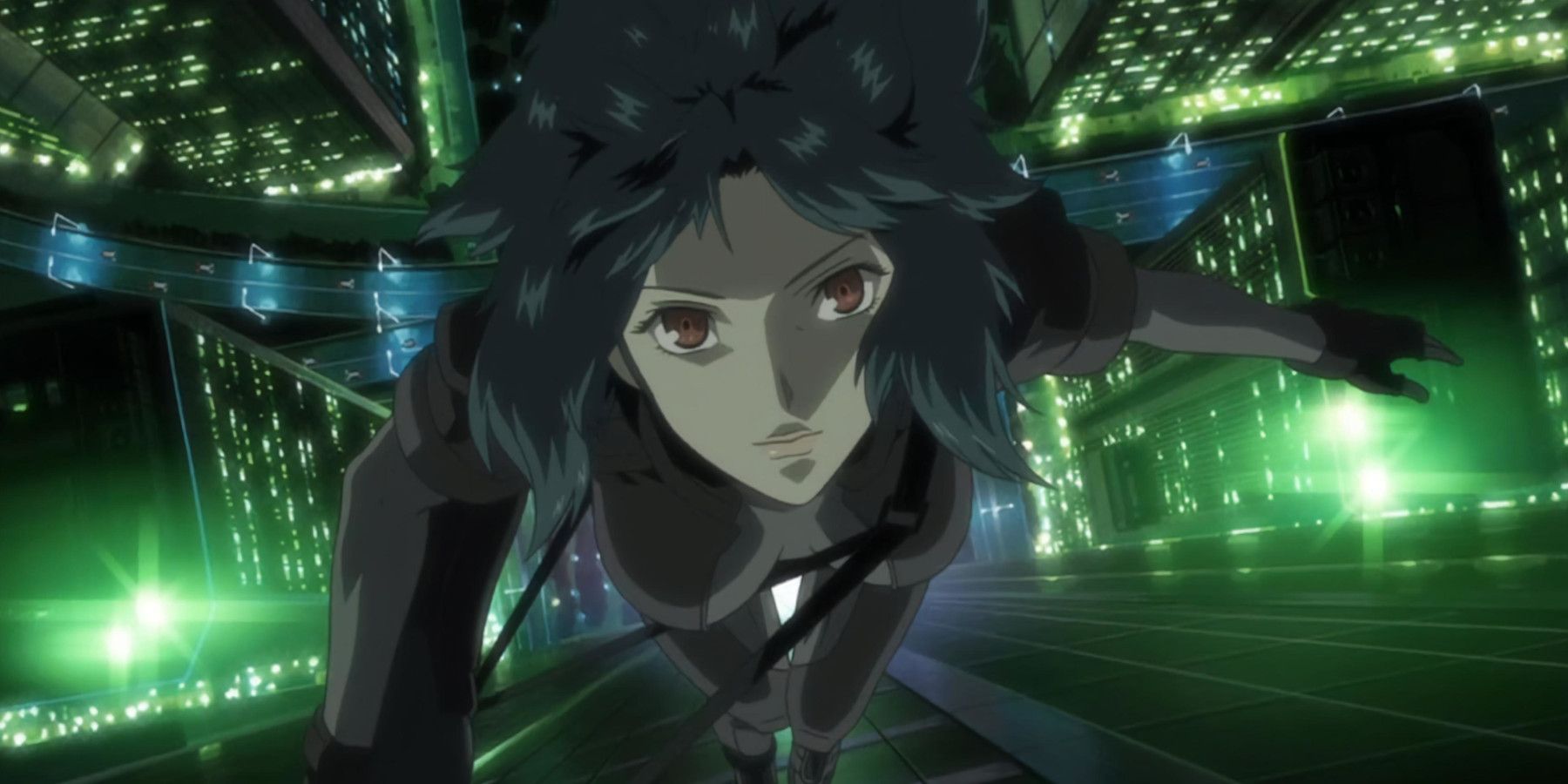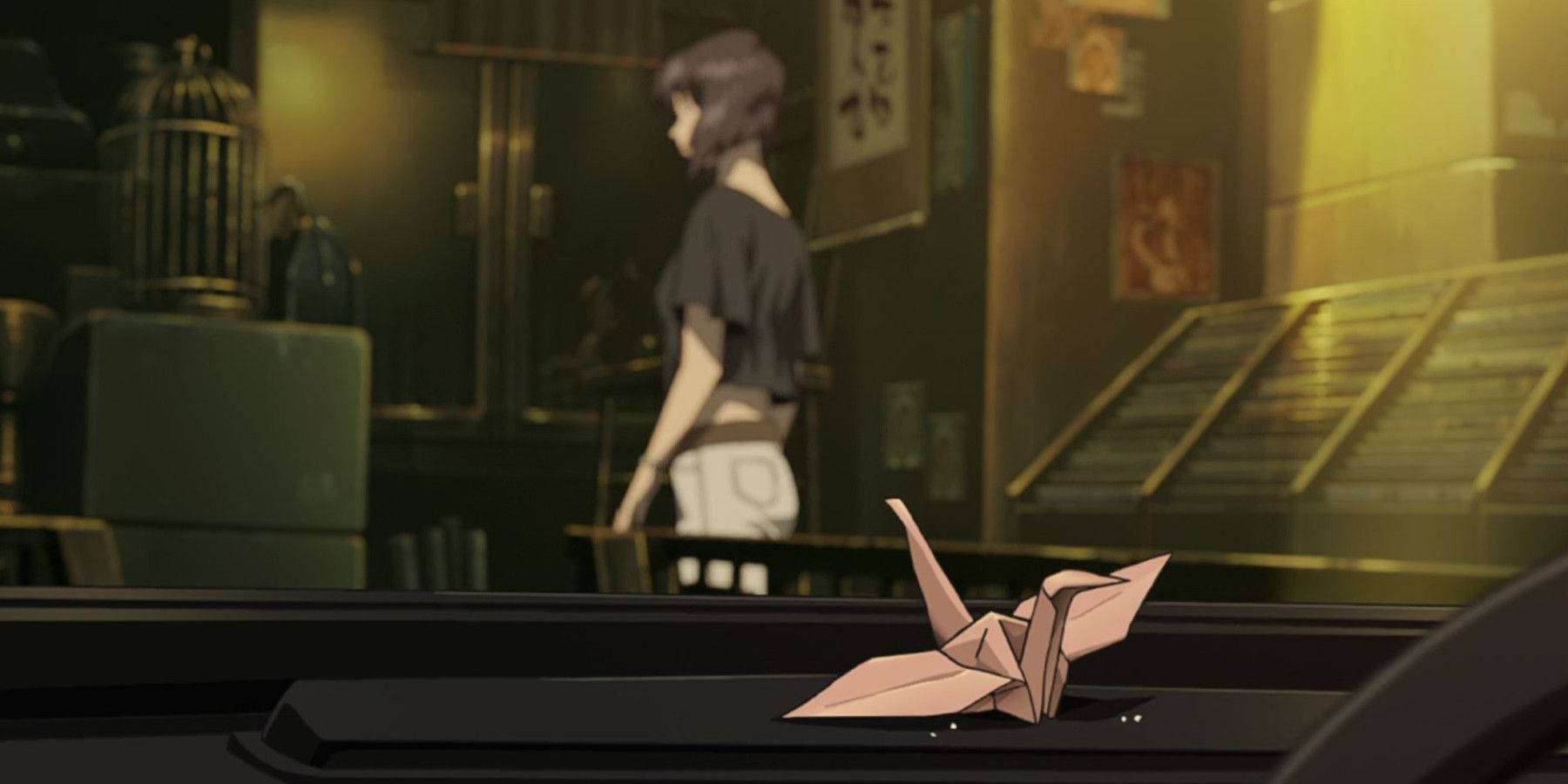There have been four distinct interpretations (five if you count the 2017 film) of Ghost in the Shell's protagonist, Major Motoko Kusanagi, a full-body cyborg, a super wizard class hacker, and an anti-terror operative. Just as the Major herself has changed in ways big and small through the years, there has never been a concrete idea of who she was before she became a cyborg.
The most consistent detail is that Motoko Kusanagi isn't her original name, but a pseudonym given to her upon cyberization, whereupon she went on to enlist in the military before being recruited for Section 9. Nothing about her past before that - even her original name - has ever been explored too deeply, not that the series has ever been too concerned with answering those questions.
What Makes A Major?
Considering the lack of a past, it speaks to the quality of GITS' storytelling that the Major has such a legacy as one of anime's best protagonists despite that. To some extent, it's a result of the very premise that defines her, that being her fully cyborg body and the philosophical implications of it. As a protagonist, she is intrinsically tied to the world in which she plays a pivotal role.
Furthermore, she is an incredibly layered character, eschewing the typical archetypes associated with that of a robot. She might wrestle with the nature of her own humanity depending on the story but her confidence, charisma, and understated emotionality set her apart from other protagonists of her ilk in the genre.
The 1995 film never spends a moment dwelling on whom the Major was before she became a cyborg, partly because the story has her question her own memories. More importantly, Mamoru Oshii's film is fixated on the future - on evolution and how technology might push humanity to evolve beyond our flesh. Looking at the film purely on a structural level, there isn't much time to reflect on the past.
But then again, there has been a lot of Ghost in the Shell media since 1995, and plenty of opportunities to explore that backstory. And while - as the thesis suggests - there hasn't been a wealth of details, her past has definitely been explored more. The catch is that it's always different and always depends on the continuity in question.
The Children Who Folded Paper Cranes
Spoilers for Ghost in the Shell: Stand Alone Complex 2nd Gig
The eleventh episode of 2nd Gig, the second season of Stand Alone Complex, isn't just one of the series' best and most emotional episodes, but one that reveals a lot about the Major's past. The episode follows the Major on a training exercise for new recruits when she is suddenly sidetracked and discovers a storage location for people's external memories.
There are two childlike prosthetic bodies, and the proprietor tells the Major about the story of these two children who were victims of a plane crash. The boy lost the ability to move most of his body save for his left arm, and how he tirelessly folded paper cranes in hopes that the girl would awake from a coma.
After the girl's condition worsened, and she was suddenly gone, the boy was convinced that the girl died. He became dejected and continued to fold paper cranes in her memory, even refusing to get a prosthetic body. But upon being visited by a girl with a prosthetic body, he realized that she was the girl who survived the crash with him and how grateful she was to him. In the end, he decided to get a prosthetic body too
The twist of the episode reveals that the young girl was none other than the Major and that he was the first boy she ever loved. But what gave this episode an even bigger feeling of importance was that the boy is heavily implied, though never explicitly revealed, to be Kuze, one of the key figures of the season, and the man the Major spends the majority of the series hunting.
"I Don't Have An Original Body"
Ghost in the Shell: Arise took a different approach to the Major's backstory, changing the context by which she became a cyborg in a fairly radical way. In this continuity, she never even was born, but rather her brainwaves were transferred to a cyber brain while she was in her mother's womb in the aftermath of an accident.
Through this continuity, the Major's inner conflict regarding her soul takes on a much different form, as she's never truly had a human body. In this way, the implications of what her upbringing must have been like are that much more fascinating, if a bit frightening. A big part of Arise is focused on the Major's desire to be independent after a life of being the property of the military.
Why Her Past Shouldn't Matter
By now, a pattern has emerged. Each of these attempts to explore the Major's past ceases before they explore who she was before she became a cyborg. The only exception in the live-action film and of its myriad flaws, one of the biggest was two-fold. Firstly, it places a large emphasis on her life pre-cyberization. Secondly, it's the only GITS media to suggest that her name was always Motoko Kusanagi.
The execution of this idea is contentious in that it misses a certain quality of the series as a whole. Ghost in the Shell's vision of the future - regardless of the continuity - is a post-singularity one, where humanity has successfully merged with machines to the point that such advancements are commonplace. It's a cyberpunk future that feels more tangible than most.
For the protagonist of this story to have no past before that singularity speaks to the legitimacy of that idea. She has grown up in a world where the "facts" of one's flesh hold no bearing over the kind of person someone can become. It's the same reason why some see Motoko Kusanagi as a trans icon. Whether she was a man or a woman in her past life has no bearing on who she is at present.
There are several instances in the franchise where characters have questioned why the Major holds onto the body she has, despite being able to be anyone. Quite often, the answer is something to the effect that her body is how she sees herself and how she identifies. It's really that simple. So narratively speaking, there isn't much to be gained from learning about who she used to be if it's even all that different in the first place.
This isn't to say that it couldn't be done well and if the above examples are anything to go off of, there have been successful attempts at deepening the lore of this character. But consider that the live-action film attempted this very thing and remains the biggest blight on the franchise, albeit for many other reasons besides.
At the end of the day, her past is left unwritten because Ghost in the Shell is about looking forward and this isn't just because science fiction tends to set its sights on the horizon. It's because Motoko Kusanagi is a pretty incredible character without it. If the series has taught us anything, it's that whether her body is real or artificial, it's only a different shell.
